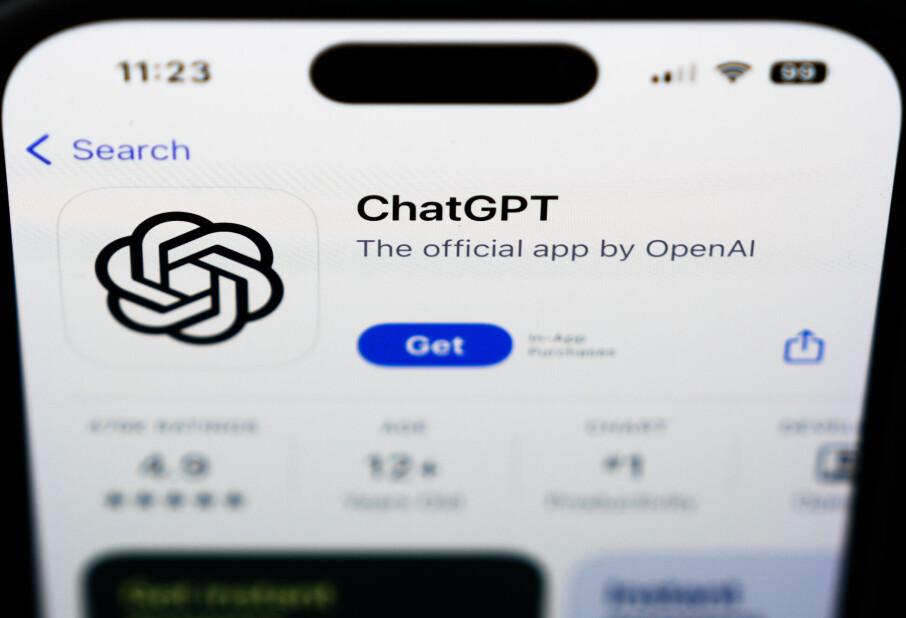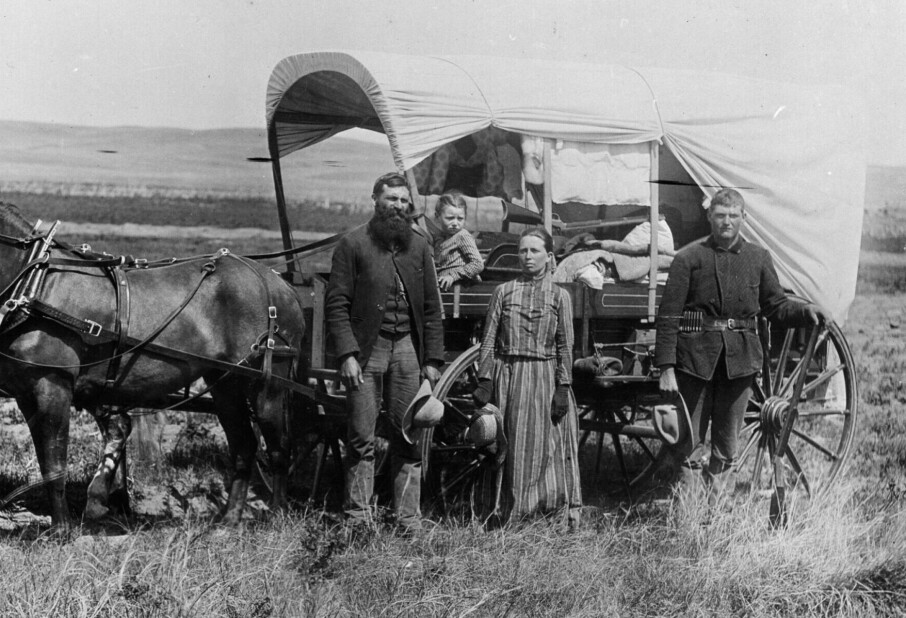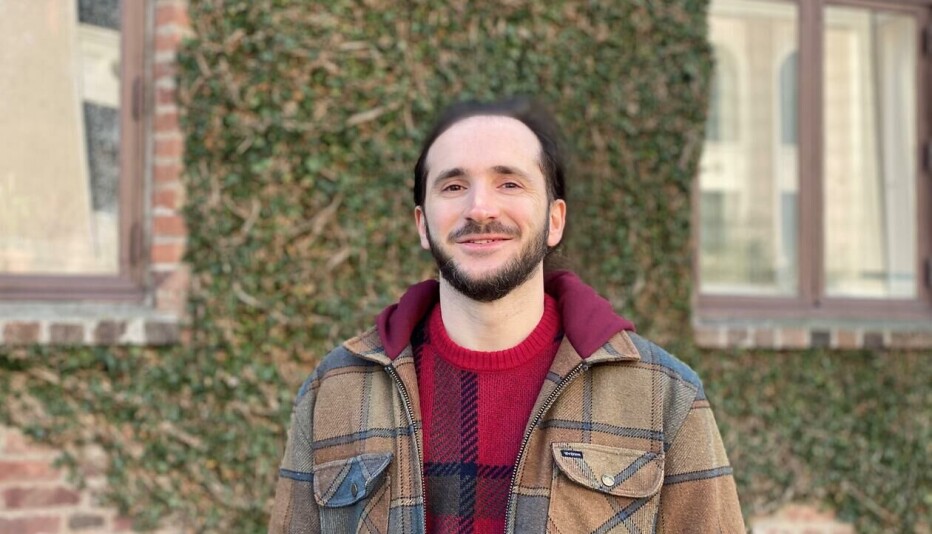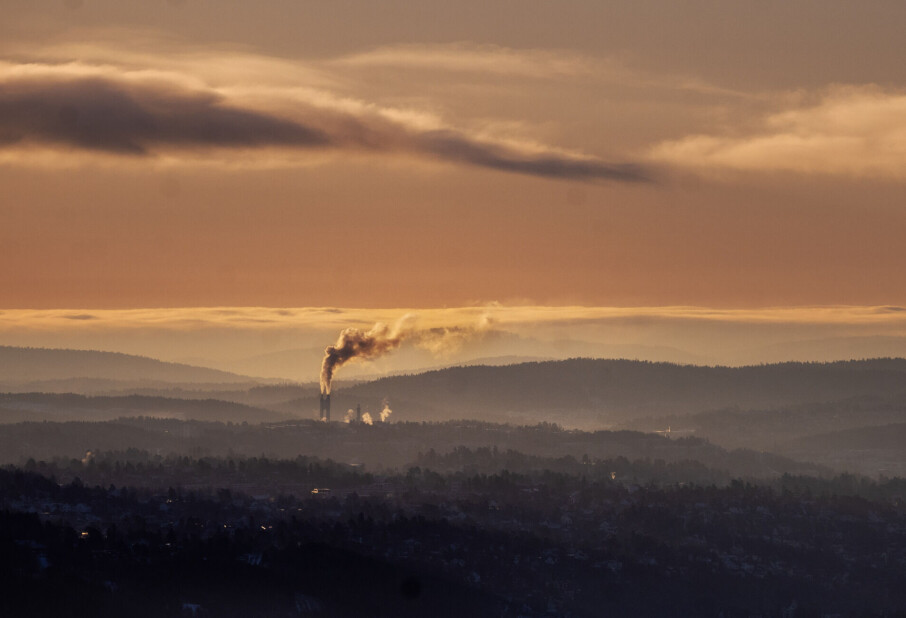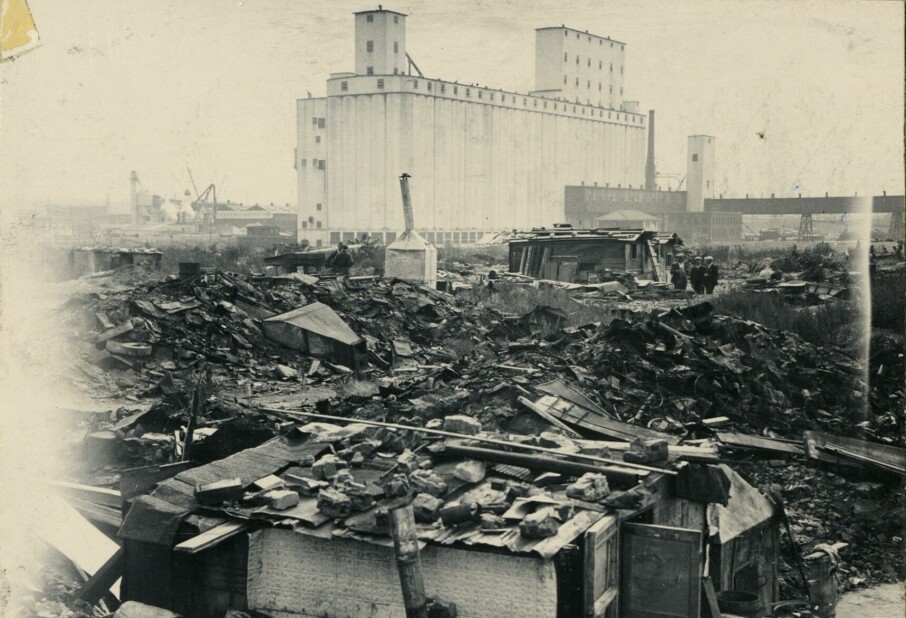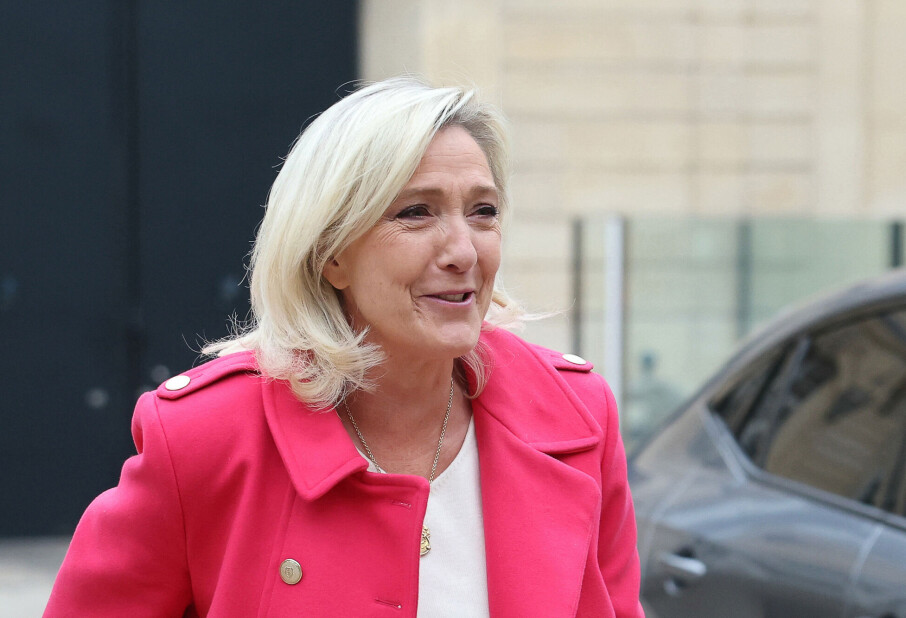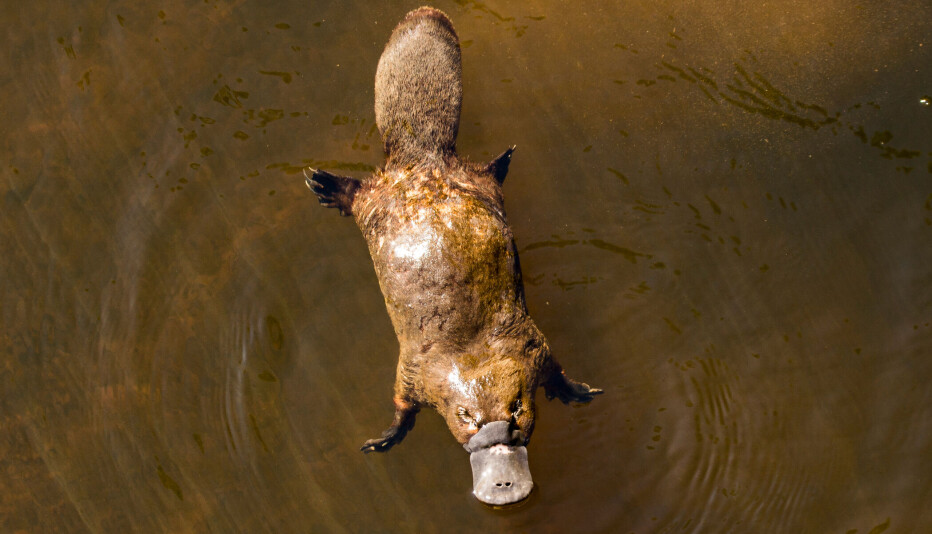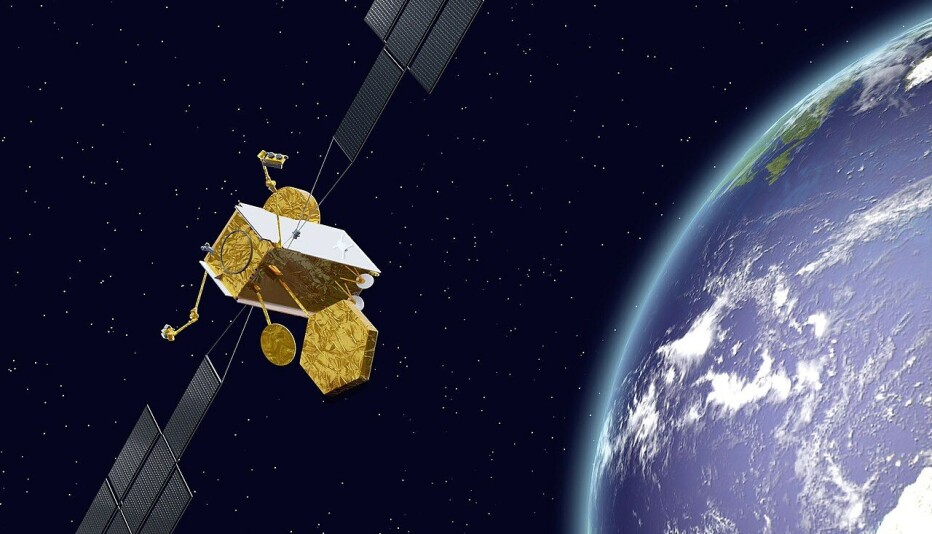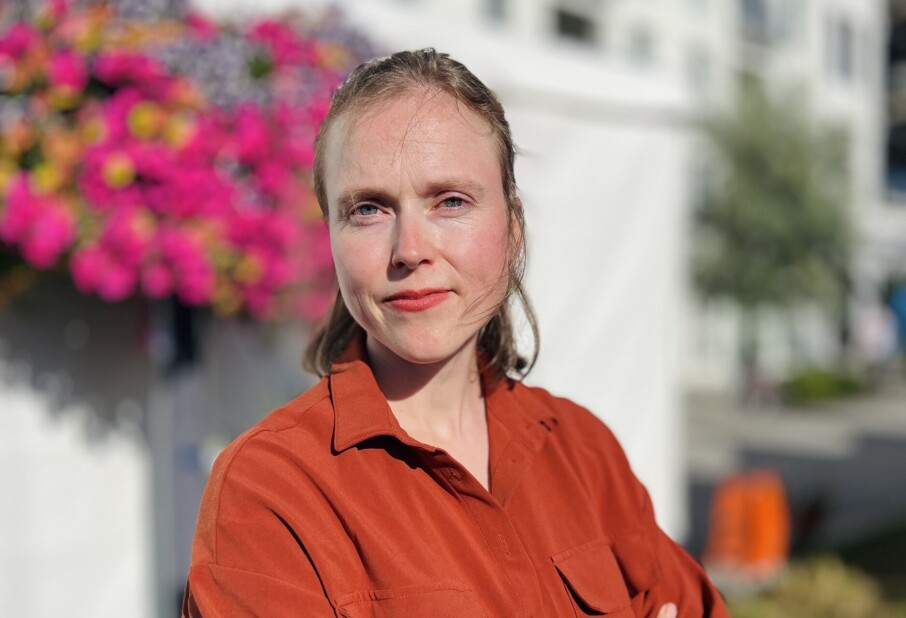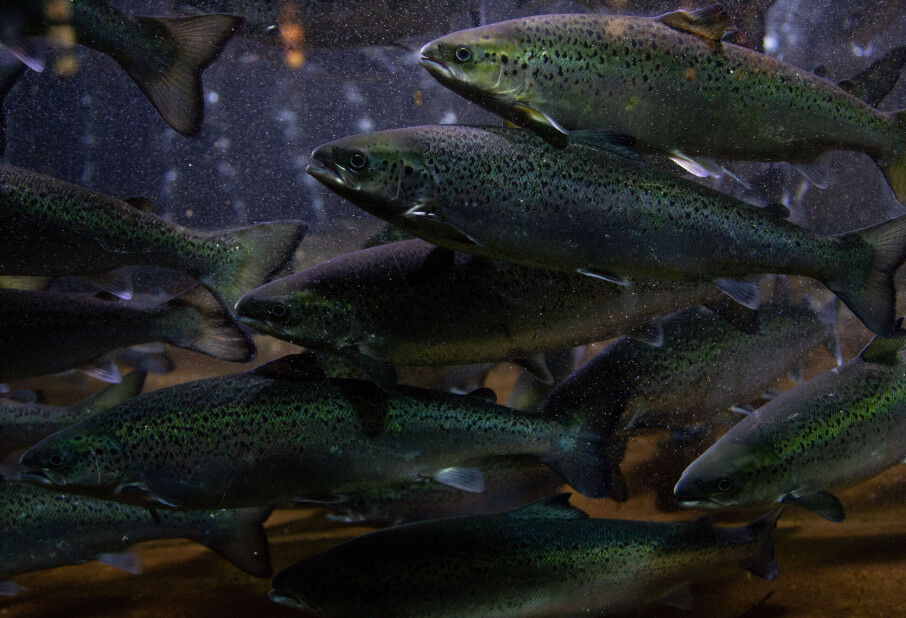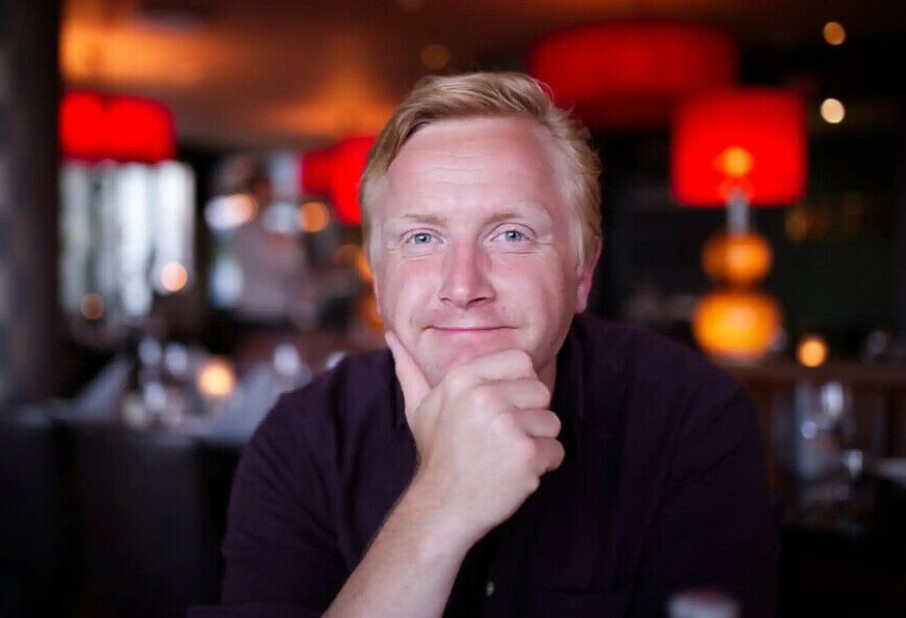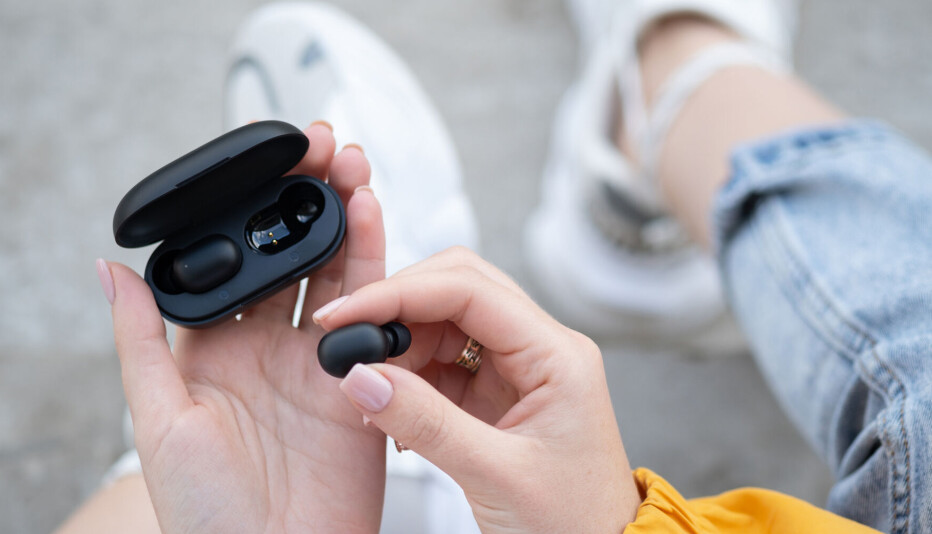THIS CONTENT IS BROUGHT TO YOU BY SINTEF - read more
Could fish waste be used to feed both humans and animals?
The world needs more of the valuable nutrients found in fish viscera, liver and roe. Yet, much of this raw material is being thrown back into the sea. There are good reasons to stop this wasteful practice.
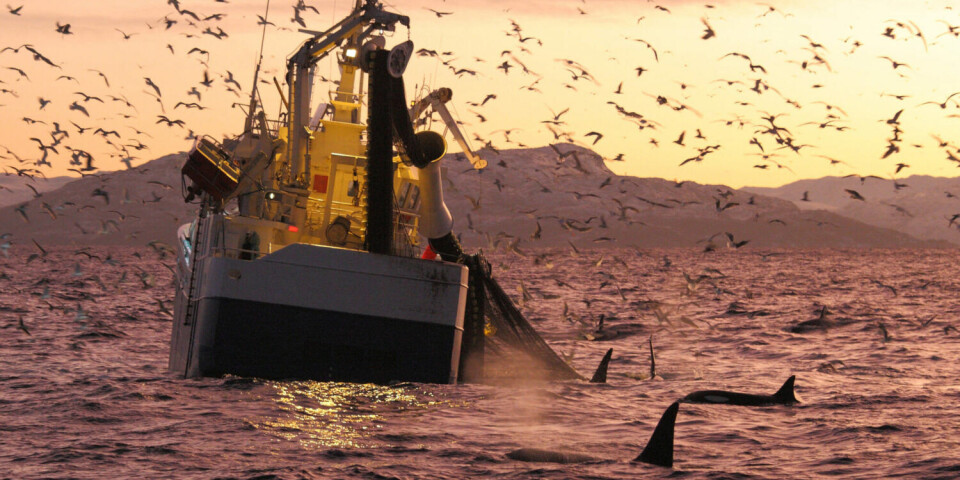
Up to two-thirds of all fish caught never reach the dinner table. Line Skontorp Meidell, a researcher at SINTEF, wants to change that.
70 per cent of the residual raw materials from deep-sea fishing are thrown back into the sea. These contain valuable nutrients like omega-3 fatty acids and high-quality proteins, Meidell explains.
“For my doctoral degree, I investigated how we could increase the utilisation of residual raw materials on deep-sea fishing vessels. Our research shows that we could be extracting far more value from each fish taken from the sea,” she says.
Seafood residuals can be turned into nutritious ingredients for food and animal feed. Raw materials from the viscera, liver, roe, and even the fish head are packed with valuable nutrients that are in global demand.
Proper handling is key
The quality of these parts drops quickly because of natural enzymes and bacteria.
"Since the quality of the ingredients is determined by the quality of the raw material, proper handling and preservation on board ship is absolutely necessary to ensure high quality and increased utilisation,” says Meidell.
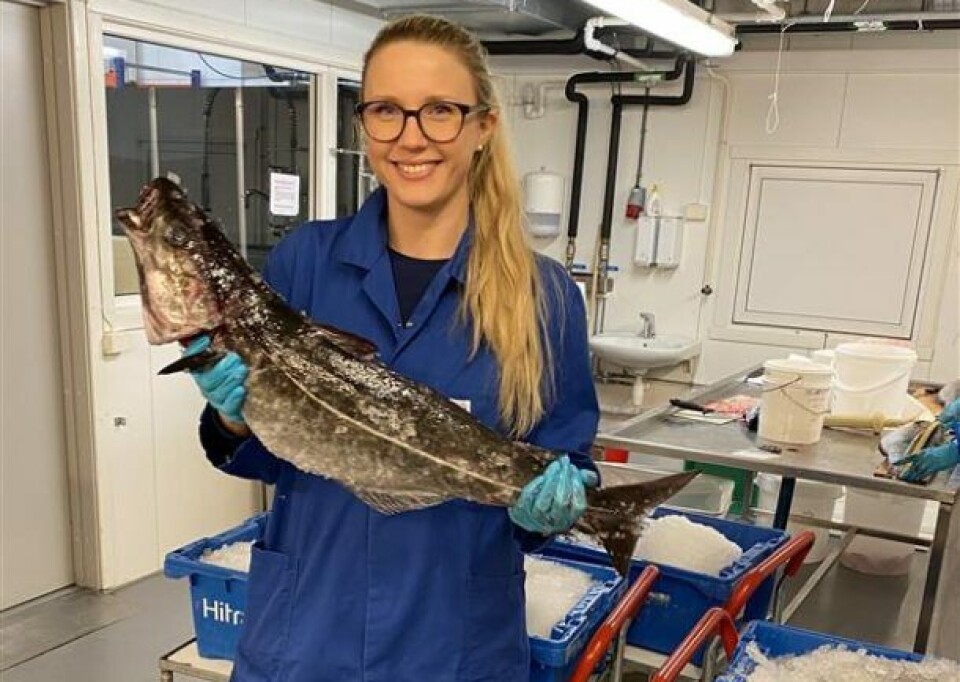
Can the viscera be turned into high-grade fish liver oil?
Whitefish store most of their fat in the liver, which is usually sorted out manually for the production of fish liver oil. This process is resource-intensive and can be challenging to carry out on board.
“That’s why we have looked more closely at whether it would be possible to use the whole fraction of the viscera to produce oil without sorting out the liver,” says Meidell.
The study found that sorting out the liver is not necessary. Both liver and viscera from cod and saithe can be used to make high-quality oil for human consumption that is rich in omega-3 fatty acids.
Cold storage is essential
Experiments conducted on board the fishing vessels showed that processing the material immediately after the catch is best for oil quality.
“However, we found that the raw material could be refrigerated for up to two days and still be used to produce oil for human consumption,” says Meidell.
This provides greater flexibility on board, especially in bad weather or when the catch varies.
One preservation method, called silaging, involves adding acid to control the growth of bacteria and support enzyme activity. In principle, this is the same as when grass is stored for animal feed in round bales. The process breaks down the material, which can improve nutrient quality.
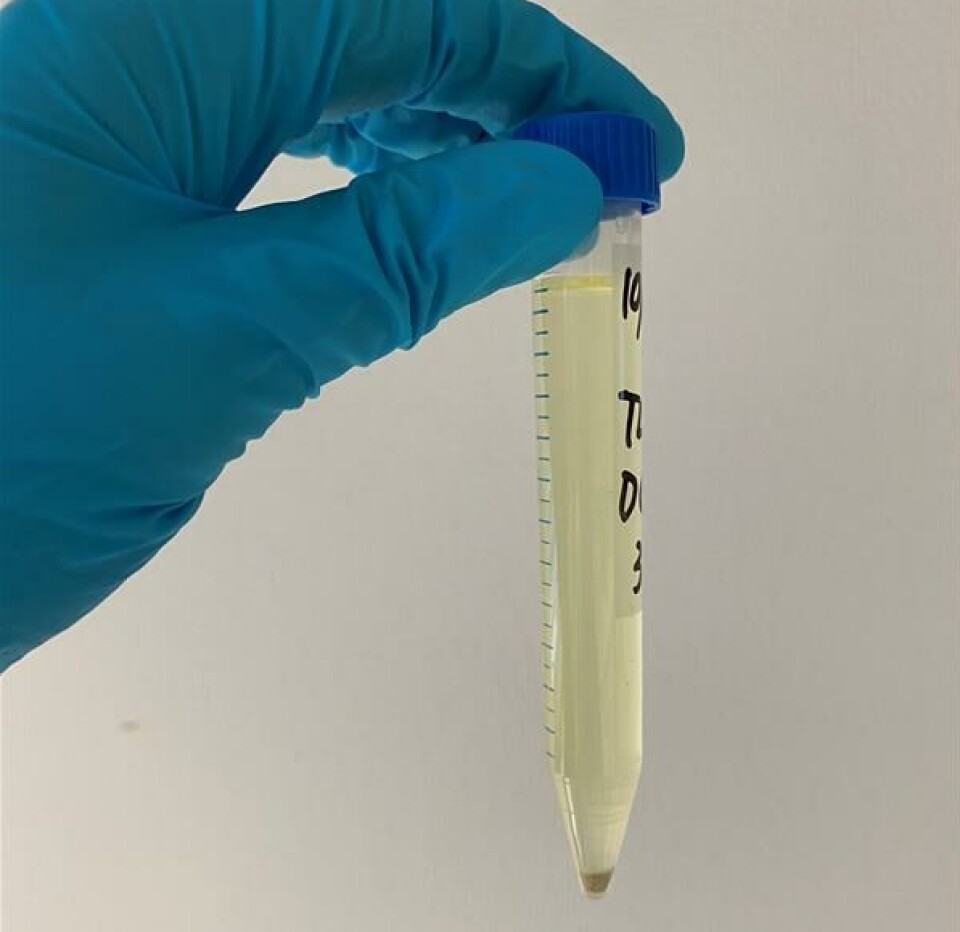
Silage often has a reputation for being low-quality. But the researchers found that adding acid and antioxidants right after the catch can significantly boost oil quality.
“Although viscera with liver contain a lot of fat, we found that sorting out the liver did not affect the protein content or the quality of the protein hydrolysates,” says Meidell.
High demand
Meidell says the fish parts currently dumped at sea could help meet the demand for nutrients in Norwegian food production – either as food or as feed.
With good strategies for storing, sorting, and preserving fish waste, it can be turned into valuable nutritional ingredients.
“Maximising the use of raw material can help reduce the loss of important food resources and at the same time offer new, sustainable sources of omega-3 and proteins that the world needs more of,” says Meidell.
Reference:
Meidell, L.S. Valorization of whitefish residuals generated onboard deep-sea vessels – from waste to value, Doctoral thesis at NTNU, 2024.
More content from SINTEF:
-
Testing a giant ship: May take five kilometres to stop
-
A robot is helping researchers hunt for the best cancer warriors
-
Locomotives that run on diesel can be electrified
-
Where kelp is being turned into lab-grown meat
-
Immediate action is a key factor for successful restoration of marine habitats
-
Dynamic cables – the umbilical cord of ocean installations




















